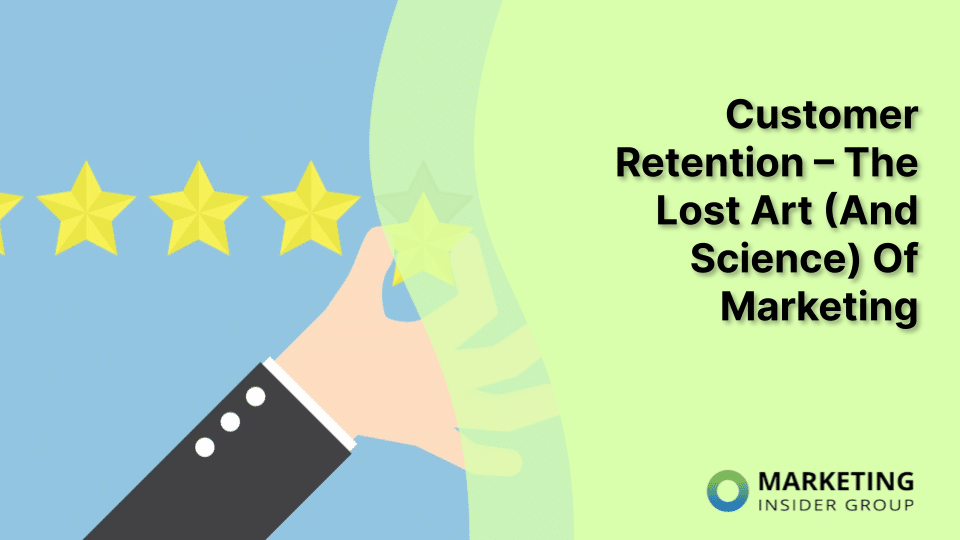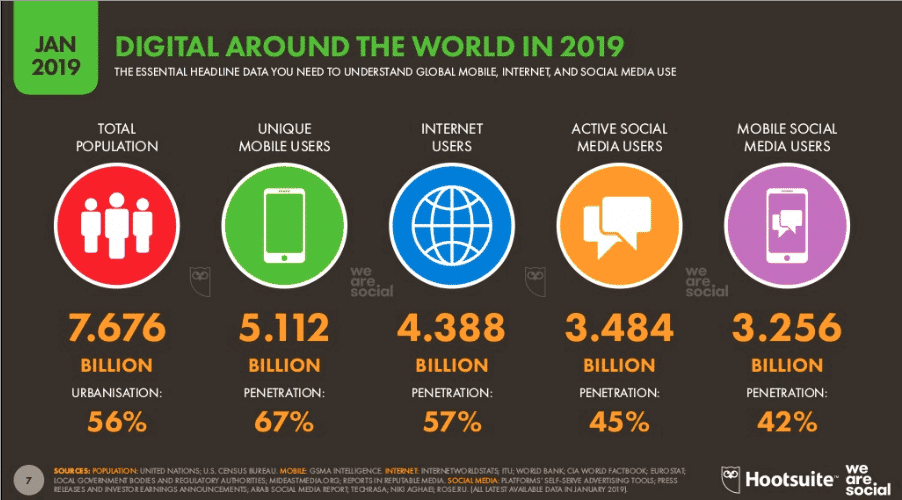
The Science of Sharing: Who, What, When, Where, Why?
Social networks have become an increasingly important part of how we market online over the last 20 years or so. Almost half of the world’s population is now using and sharing content on social media – a staggering 3.484 billion users. While the global average sits at 45% penetration, some countries have a much higher figure – 89% of the population of Taiwan are active social media users and it’s even higher at 99% in the United Arab Emirates.
Social media usage shows no signs of slowing down and, in fact, grew 9% in the year following January 2018. YouTube is now the most popular social network in the USA, with 73% of adults using it. Facebook is only slightly behind at 68%. The average Facebook user accesses the platform 8 times a day and 15 days out of every month.
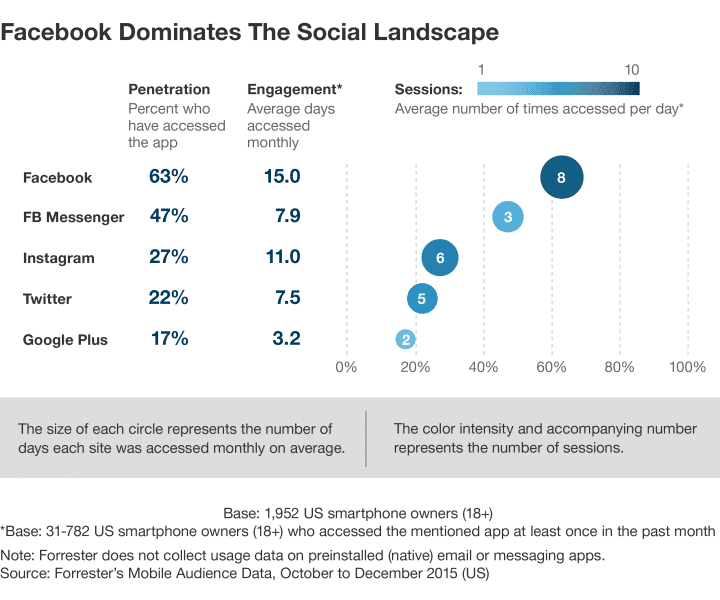
Quick Takeaways:
- Social networks are an excellent way to reach your audience, with 70% of the US population being active social media users.
- For best effect, it’s important to understand who is sharing on social media as well as what they’re sharing, where they’re sharing it, and when are the best times for sharing.
- Before creating each piece of content you should think carefully about why you’re creating it and what goals you hope to achieve through sharing it.
Why Social Media Sharing is so Important
One of the fundamental concepts of marketing is to go where your customers are, and it’s clear in terms of online marketing at least that social networks are where many people are spending a significant chunk of their time online.
Social networks have exploded in popularity partly because they make it so easy to communicate. While in the past you may well have fallen out of touch with old friends apart from an annual holiday card, it’s now quick and simple to see what all your friends around the world are up to every day.
Another major reason why people use social networks regularly is that they’re a constantly updating source of news and entertainment. There’s no need to open a newspaper or even visit a news website when the latest news appears on your timeline in real-time. There’s also no need to go looking for articles to read or videos to watch when others share useful and entertaining content for you.
This sharing aspect of social platforms is loved by both users and marketers alike. Individuals can see more of what interests them and build social relationships by sharing with others. Brands can reach a wider audience by allowing their content to spread organically as people share it.
However, simply producing content and hoping people like it enough to share it is not a great strategy. There’s a science to sharing that means it’s possible to identify a formula for the type of content people share, who shares it, why they share it, and when and where they choose to share it.
By understanding these factors you can gain a better insight into the type of content that your audience is most likely to share, and you can know which platforms and at what times to promote it for optimal effect.

Who?
While social media usage is growing across all age groups, young people are the biggest users of social networks in general.
However, the typical user of each network varies across platforms. For example, while 68% of US adults use Facebook, teen usage has dropped to just over 50%.
YouTube, Instagram, and Snapchat are the most popular social networks for teens, with 85% of US teens aged 13 – 17 saying they use YouTube. You won’t find many retirees on Snapchat though – only 3% of web users over 65 say they use the platform.
While several social networks show a skew towards younger age groups, the user base is more balanced on the LinkedIn platform. It’s used by 29% of 18-29 year olds, 33% of 30-49 year olds, and 24% of people aged between 50 and 64 also use LinkedIn.
Facebook and YouTube are the most popular social networks for over 65s, but there’s a significant percentage that uses Pinterest too – 16% compared to 10% or less for most of the other platforms.
Other demographics are important to study too. For example, over 80% of Pinterest users are female. By understanding your targeted audience and where they spend their time on social media, you can increase your shares by posting in the right places.
What?
Certain types of content attract more shares on social media than others.
This does tend to vary by industry and across different platforms, but infographics tend to receive the most shares, with list-style articles coming in second.
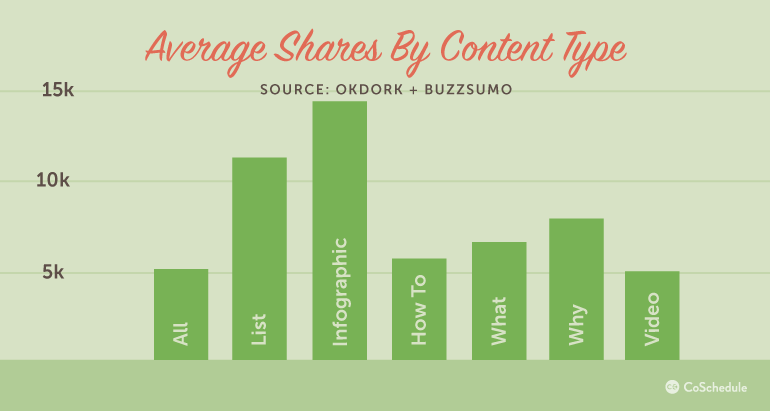
Infographics are popular because they’re visually appealing and they’re an easy way to represent large amounts of data that would easily be lost in a written article.
As well as considering the format of the content you post on social media, think about the subject of your content. Posts that trigger emotions tend to be shared more often, with positive emotions such as awe, joy, and laughter attracting more shares than more negative content that triggers anger or empathy.
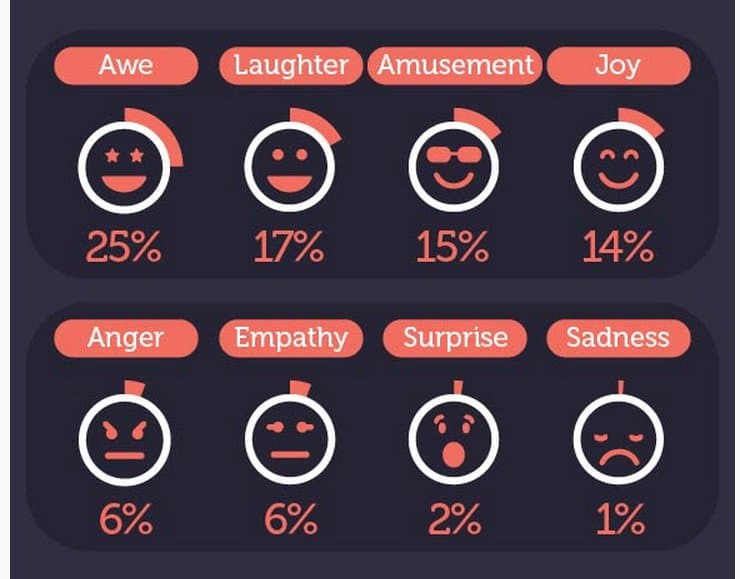
Posts with images also do better than plain text content across all social media platforms. Tweets with images get 150% more retweets, and Facebook posts that include images get 120% more engagement.
Topical and newsworthy content also gets more shares than any other kind of article. If you can find a breaking news story in your industry and be one of the first to post it, you can almost guarantee to get shares.
And last but not least, video content is still growing in popularity online, particularly short-form videos. A third of the time spent online is now spent watching videos (let’s not forget that YouTube is one of the most popular social networks as well as being the world’s second biggest search engine).
When?
When you post on social media matters. If you want optimal engagement in your audience, you’ll need to experiment and study your analytics carefully to figure out the best times to post.
Facebook and Twitter both see a peak in engagement around 9am, while Instagram posts tend to do better in the afternoon – at lunchtime around 1pm and again at the end of the working day at 5pm.
For B2B businesses posting on LinkedIn, it’s best to aim for business hours. Posts between 10am and 12pm tend to perform the best, and the best day for posting is Wednesday.
Alternatively, marketing automation software can do this for you, using the power of AI to figure out the best times for posting and scheduling your social media posts automatically.
Where?
The question of where to post, or more specifically – which social networks to post on, links back to the answer of your “who?” question. If you can figure out where your audience are spending their time online, you should have a good idea of which social networks will be the best places to reach them.
However, you also need to consider the type of content you’re posting and which platforms are best suited to this format.
YouTube is a natural platform for videos of course, but videos can do well on Facebook and Twitter too. As Instagram and Pinterest are both highly visual platforms, brands that rely on visual content such as those in the fashion industry will do well here. Twitter can be a great place to share your articles, but to get the most out of it you’ll need to be active in the community and share and interact with other users’ content too
Why?
Finally and possibly the most important question – why are you sharing your content on social media in the first place, and why should your audience want to share it?
Does it answer important questions or pain points? Is it educational or entertaining? What are the goals of your content marketing plan? Are you actually providing something of value that people will naturally share, or are you just blindly churning out keyword-based content?
You should ask yourself these questions before you plan each piece of content you produce. Doing this ensures that you’re creating valuable content that will attract and grow an audience and engagement organically and that you’re building a repository of digital assets that will serve you well for years to come.
If you are ready to get more traffic to your site with quality content that’s consistently published, check out our Content Builder Service. Set up a quick consultation, and I’ll send you a free PDF version of my books. Get started today and generate more traffic and leads for your business.



